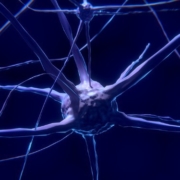Jakarta EE is a unanimously adopted and probably the most popular Java enterprise-grade software development framework. With the industry-wide adoption of microservices-based architectures, its popularity is skyrocketing and during these last years, it has become the preferred framework for professional software enterprise applications and services development in Java.
Jakarta EE applications used to traditionally be deployed in run-times or application servers like Wildfly, GlassFish, Payara, JBoss EAP, WebLogic, WebSphere, and others, which might have been criticized for their apparent heaviness and expansive costs. With the advent and the ubiquitousness of the cloud, these constraints are going to become less restrictive, especially thanks to the serverless technology, which provides increased flexibility, for standard low costs.








